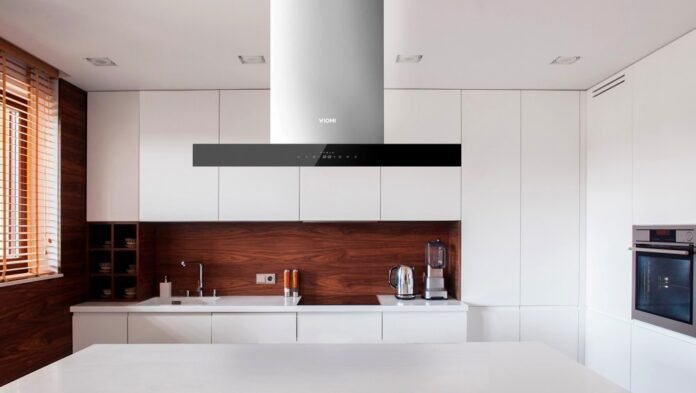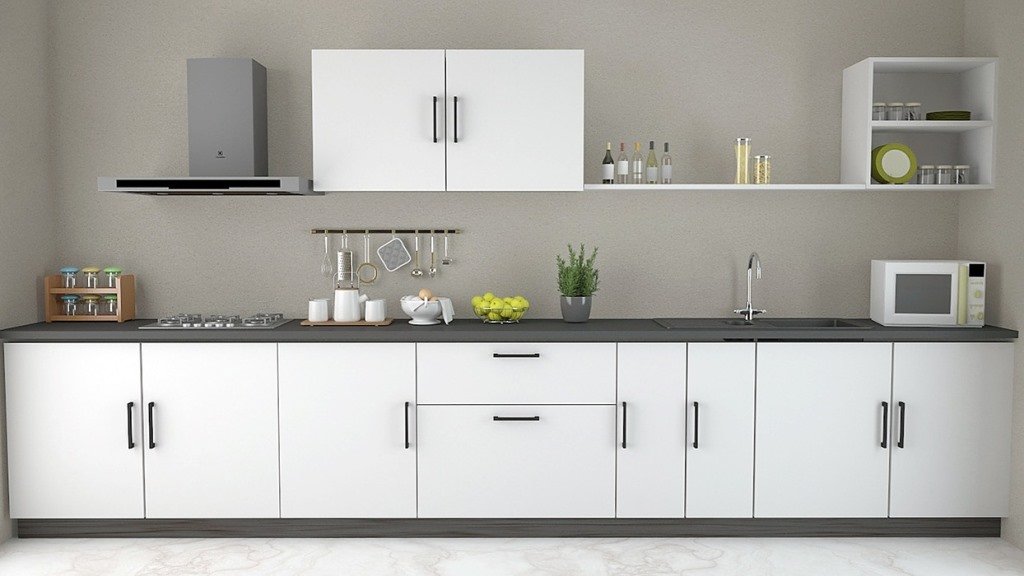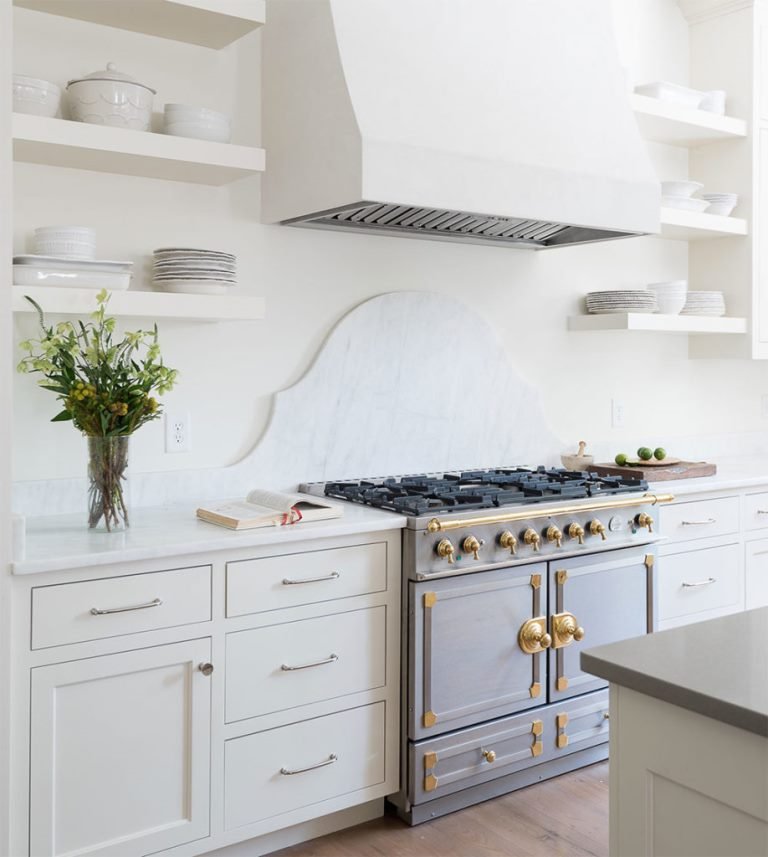Without a decent range hood, your kitchen would quickly overheat and impact the air quality. Range hoods help regulate airflow and keep everything in good working order. And as the icing on the cake, they can be an attention-grabbing focal point in the kitchen and improve value perception.
Smart range hoods are becoming increasingly common. These products are both stylish and functional, and with a bit of modern technology, they take the standard range hood capabilities up a notch. If you’re on the market for a smart range hood, here’s what you need to know:
Smart Hoods Are Fairly New
The concept of smart range hoods is still fairly new. The range hood is an often misunderstood and underutilized product in many homes, and the primary goal of this new smart machinery is to ensure the air is purified. After all, cooking on a range produces more in-home pollutants than any other household activity. But not everyone fully understands when ventilation is needed.
And others refrain from turning it on because they’re deterred by the noise emission. You can visit kitchenotic.com to learn some basic tips which you must consider before you make a purchase.
Funded by the U.S. Department of Energy, Newport Partners partnered with Broan-NuTone to develop the industry’s first smart range hood to remove the contaminants efficiently. These hoods are much quieter than standard models, automatically eliminate pollutants, and can save billions in healthcare costs annually. Moving forward, we can expect more companies to produce smart range hoods of their own, full of unique features like touch control and integration with other smart devices.
Smart Sensors
Smart hoods use smart sensors to automatically turn on fans when pollutants are detected. As previously mentioned, because the kitchen produces plenty of pollutants, range hoods are necessary to keep the air quality balanced. The sensors easily adapt to what’s happening in the environment and are able to remove nearly 100% of pollutants and keep the air fresh. Once the air is purified, it will automatically turn off.
Choosing the Right CFM & BTU
Range hoods run using a standard measurement size called Cubic Feet per Minute (or CFM). CFM is the measurement of how quickly a range hood can move air. Induction stovetops need 100 CFM for every ten inches of width. Gas stove tops are measured using British Thermal Units (BTU), and gas stoves are measured by BTU per hour. A BTU is the measurement of heat output and power in gas stovetops. It takes one BTU to conduct the amount of heat necessary to increase the temperature of a pound of water by a single degree.
You can locate the BTU of a gas stove on the label typically found on the back. If you don’t see it there, research the manufacturer for more information. Divide your BTU by your 100 to determine how much power your range hood will need.
Professional Power
Smart hood ranges offer professional power that you can benefit from in your kitchen. This is ideal for cooking enthusiasts and households with large families. If you enjoy fish or spicy foods, for example, you need a strong range hood to properly eliminate those odors and fumes. And if you have a stove top with a high BTU or if your hood is positioned more than 36 inches over your rangetop, you need a stronger range good as well. While these goods are professional grade, they do require ventilation from the kitchen, which eliminates recirculating hoods as a potential option.
Range of Different Sizes
All range hoods come in a variety of shapes and sizes. Having the right fan size is important because if your product has bigger dimensions than it needs to, you’re probably spending more money than you have to—both in terms of the range hood price and long-term electricity pull. But if your product isn’t big enough, it could end up underperforming and won’t be very effective in the kitchen. Your hood should be slightly bigger than your stove top on both sides. The gold standard is around three inches wider than the stovetop on each end.
Smartphone Capabilities
One of the most unique capabilities of a smart range is its ability to integrate with your mobile device. The ability to connect your range with other devices offers you full, unparalleled control over your kitchen setup. As smart hoods become more commonplace, it will become more important for them to integrate seamlessly with other smart home devices.
Today, this is fairly commonplace with the Internet of Things. Simple homes are easily transformed into smart homes with the interconnectedness of various devices, and tech-powered range hoods will also become more standard moving forward. For example, this Profile Kitchen Hub features a large monitor with camera capabilities that allow you video chat and watch cooking tutorials—but it also boasts a 600 CFM ventilator.
Perimeter Aspiration System (PAS)
As previously mentioned, many people don’t use their range hood when they need to because of the noise emission. Smart range hoods solve this problem by incorporating an advanced Perimeter Aspiration System (PAS). Using the venturi effect, smart hoods are able to offer high extraction power and silent motors. Soundproofing panels keep noise to a minimum without compromising effectiveness.
Always talk to your contractor about the best options for your kitchen, which will depend on your style preferences, the size of the kitchen, and how you intend to use your kitchen. Every household is different, but the more informed you are, the better off you’ll be.




















